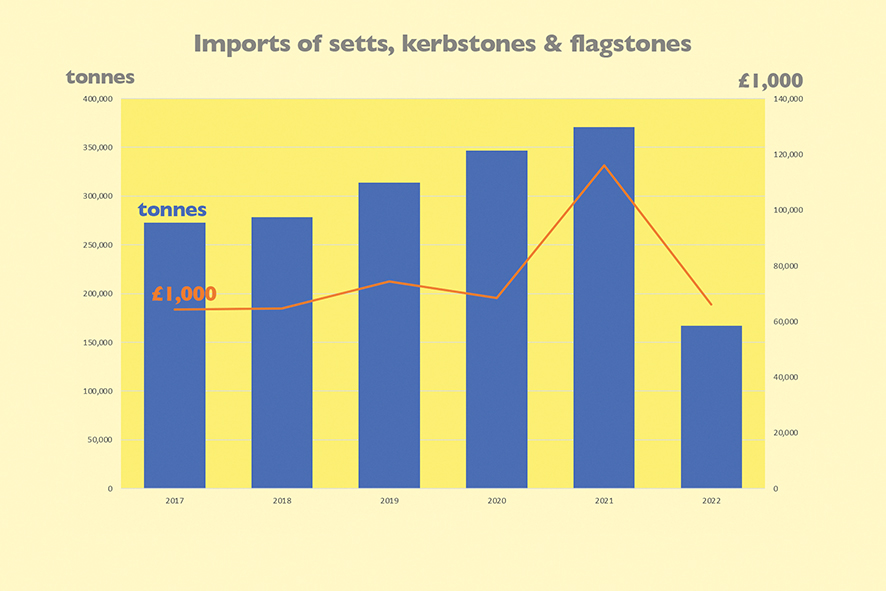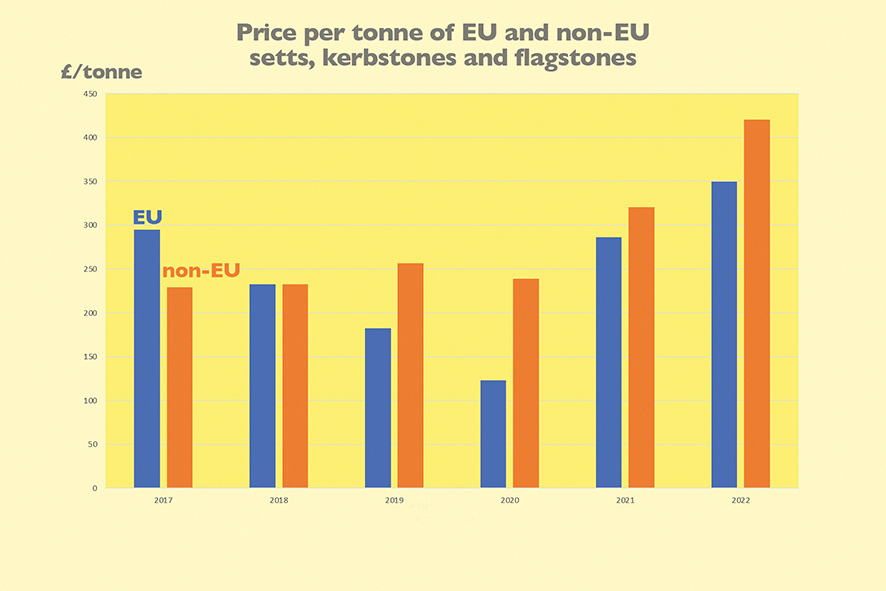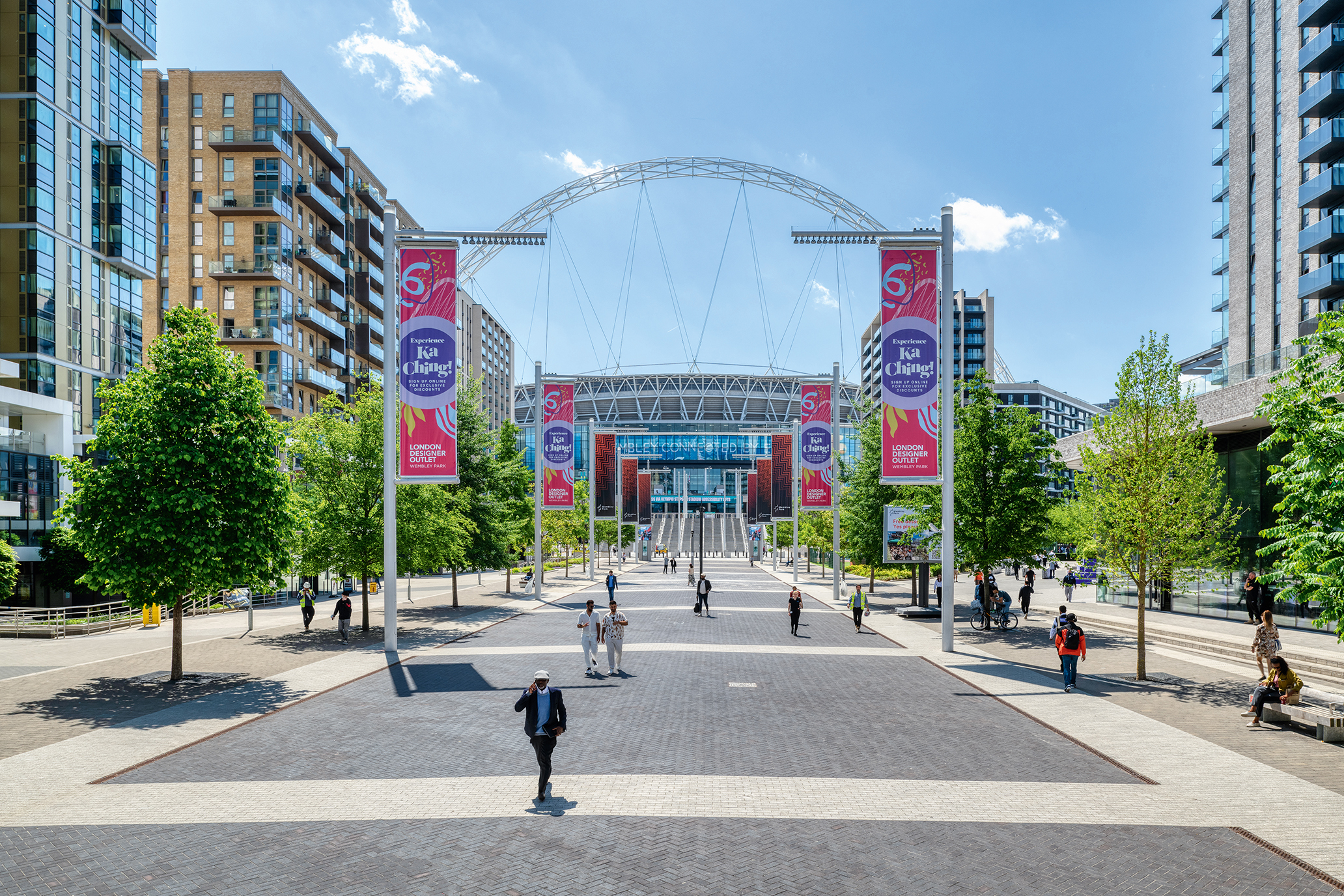The government has resisted making sustainable drainage compulsory but a new review by DEFRA says it is time to implement Schedule 3.
England looks as if it is finally about to implement Schedule 3 of the Flood & Water Management Act 2010, making sustainable drainage systems (SuDS) compulsory on all new developments.
Schedule 3 has not been implemented in England (although it has in Wales) because the government preferred to use planning policy, which, since April 2015, has required SuDS to be included in all new major developments (more than 10 homes), unless there is clear evidence that this would be inappropriate.
It is amazing how often it has turned out to be inappropriate.
Many developers have simply ignored the requirement for SuDS and planning authorities have seldom enforced it.
The reason is not so much a problem with installing a sustainable drainage system as concerns about the on-going maintenance of it, which neither developers nor cash-strapped local authorities want to take responsibility for.
In 2020 regulations were changed that allowed SuDS to be adopted by water and sewerage companies (collectively known as WaSCs) as sewers, but it has made little difference to the number of SuDS being built.
Schedule 3 provides a framework for the approval and adoption of drainage systems, with SuDS approving bodies (SABs) in unitary and county councils, and national standards on the design, construction, operation, and maintenance of SuDS throughout their lifetime.
It also makes the right to connect surface water runoff to public sewers conditional on the drainage system being approved before any construction work can start.
The recommendation to make sustainable drainage systems mandatory for new developments in England comes in The review for implementation of Schedule 3 to The Flood and Water Management Act 2010, which was published on 10 January this year by the Department for Environment, Food & Rural Affairs (DEFRA).
The review follows last year’s revelations about how much sewage is discharged into Britain’s waterways, especially when drainage systems become overwhelmed by heavy rainfalls. And rainfalls are becoming heavier as the world gets hotter because the hotter the air the more water it can carry.
New developments add to the risk of flash floods and sewers becoming inundated because they cover permeable surfaces such as grassland and soil that would otherwise absorb a lot of the rain.
The implementation of Schedule 3 is intended to reduce the risk of surface water flooding and pollution and help alleviate the pressures on drainage and sewerage systems.
This approach will require sustainable drainage systems to be designed to reduce the impact of rainfall on new developments by using features such as soakaways, grassed areas, wetlands and permeable surfaces.
Permeable surfaces are where natural stone, especially sandstone laid on permeable beds, can make a contribution. Concrete companies are already working on more products to satisfy Schedule 3.
Sustainable drainage reduces the amount of water that ends up in sewers and storm overflow discharges. Features such as tanks and water butts can also allow for water re-use to reduce pressures on water resources – and we saw last year how a long, dry period can deplete water in reservoirs.
Following the publication of The review for implementation of Schedule 3 to The Flood and Water Management Act 2010 (which you can download from tinyurl.com/watersched3), the government says regulations and processes for the creation of sustainable drainage systems at new developments will now be devised and that implementation of Schedule 3 is expected during 2024.
Builders are already objecting. Rico Wojtulewicz, head of housing & policy at the National Federation of Builders, says: “Developers are ending up paying for the under investment of the water companies. It will have a real impact on the industry, particularly for the smaller developer.”
The government says it will be mindful of the cumulative impact of new regulatory burdens on developers. It has never reached its target of getting 300,000 houses built each year and it does not want to put more barriers in the way of developers.
There will be a public consultation later this year to collect views from industry and interested parties.
Environment Minister Rebecca Pow said on the publication of the DEFRA review: “Our traditional drainage systems are under increasing pressure from the effects of climate change, urbanisation and a growing population.
“The benefits of sustainable drainage systems are many – from mitigating flood risk by catching and storing surplus water and reducing storm overflow discharges, to enhancing local nature in the heart of our developments and helping with harvesting valuable rain water.
“Taking a more consistent and effective approach to sustainable drainage systems will improve the resilience of our drainage and sewer infrastructure, while reaping these broader benefits.”
While the stone industry has not generally been proactive in promoting the benefits of its products for SuDS, landscape architects and designers have noted those benefits. They also like stone’s aesthetics.
Stone could also get another boost this year from the Protect Duty, also known as ‘Martyn’s Law’ in tribute to Martyn Hett, who was killed alongside 21 others in the Manchester Arena terrorist attack in 2017. There have been 14 more terror attacks in the UK since 2017.
In December the Government announced details of the new law that is intended to scale up preparedness for, and protection from, terrorist attacks. They include a requirement for physical barriers to prevent vehicles from gaining access to public areas and arenas. While concrete barriers might do the job, they don’t look attractive as permanent features, so you might expect more and heftier stone street furniture to be used to fit the bill.
The Bill introducing the requirements is expected to receive the Royal Assent and become law this year.
The government intends to offer support, guidance and training to help embed best practice and drive-up standards across the UK. A new online platform called Protect UK (www.protectuk.police.uk) has been developed by the National Counter Terrorism Security Office (NaCTSO), Home Office and Pool Reinsurance to support those seeking to enhance their protective security. ProtectUK is a central, consolidated hub for trusted guidance, advice, learning and engagement with experts in security and counter terrorism. It will serve as the ‘go to’ resource for free, 24/7 access to the latest information. It will be regularly updated.
Marshalls, the landscape products heavyweight, has responded with a section of its website dedicated to protective and aesthetic street furniture.
Chris Churm, MD of Marshalls Natural Stone, has also been given the role of Managing Director of Marshalls Landscape Protection. He says: “Protect Duty is also an important topic in our industry right now. The new legislation expected to come into force in 2023 is one of our priorities and we are working with the experts in our team to ensure that our product range offers suitable solutions to meet requirements.”
Martyn’s Law will follow a tiered model linked to the activities that take place at any particular location and how many people are likely to be there at any one time to avoid creating an undue burden on businesses.
The government says it will establish an inspection and enforcement regime that will promote compliance and a positive cultural change. “Credible and fair” sanctions will be issued for serious breaches.
A stone memorial to those who died in the attack on Manchester Arena in 2017 was one of three projects for which Hardscape supplied the stone that received recognition in the Stone Federation Natural Stone Awards in December. One of the other projects for which Hardscape supplied the stone – Elephant Springs in Elephant & Castle in London – was the category Award winner.

Incidentally, Hardscape’s founder, Mathew Haslam, last year became the latest person to transfer ownership of a company to its employees through an employee ownership trust.
An employee ownership trust is where the employees of a business own all or most of the shares in a company. It is growing in popularity as it offers benefits for businesses, their owners and employees, especially as a way of succession planning.
But back to the Stone Awards: all the projects in all the categories, including the Award winner, a highly commended and three commended projects in the Landscape category, were included in the Awards souvenir brochure in the previous issue of Natural Stone Specialist, and there is a report from the event online at tinyurl.com/StoneAwards2022.
The projects recognised in the Natural Stone Awards are clearly going to involve some of the best uses of stone that will, in hard landscaping as in all the categories, inspire more use of natural stone.
Although the use of imported natural stone (at least), in hard landscaping has continued to grow in any case, apparently unabated by the Covid pandemic, according to figures from HM Revenue & Customs shown on the graphs below.


There might have been a reduction in imports last year, but not to the extent it appears on the graph above. The figures are compiled from tax revenues, so they will continue to be adjusted for some months yet.
The lockdowns might have helped stone sales, with people furloughed at home deciding to carry out improvements to their homes and gardens, adding an increased domestic demand to that from local authority and commercial projects, which also showed no signs of abating.
Most of the stone used in landscaping is imported. How much British stone is used is not recorded, although quarries supplying it report remaining busy, with possibly even more people choosing to use indigenous materials, perhaps for ecological as well as aesthetic and nationalistic reasons.
The pandemic did have an impact on the market because it disrupted supplies of stone, especially from India and China, which are the sources of a lot of sandstone and granite used for hard landscaping. There was a particular shortage of some Indian sandstones.
A combination of factors also saw stone importers continue a trend towards sourcing from Europe rather than the Far East. Part of the reason for that is the popularity of European granite and porphyry, although price, and security and speed of supply also play their part, especially since Covid and the Russian invasion of Ukraine.
The rapid rise in the price of containers and shipping during the pandemic, adding to already rising prices of stone from the Far East, encouraged importers to look closer to home, especially as European stone prices were falling.
After Russia’s invasion of Ukraine, the rise in oil prices added further to the woes of both importers and UK producers. In the UK, the rising price of fuel was exacerbated by the removal last year of red diesel duty discounts for quarries and contractors, which substantially increased costs.
Further pressures came from the weakening value of sterling, especially against the dollar, with oil, most shipping and many imported stones being priced in dollars. The pound did not fall quite as far against the Euro, which also played its part in the move towards sourcing stone in Europe, although the trend had already begun before the first 2020 Covid lockdown.

